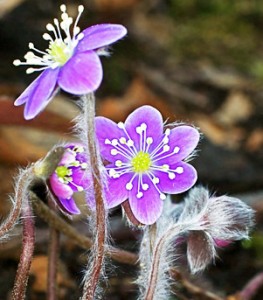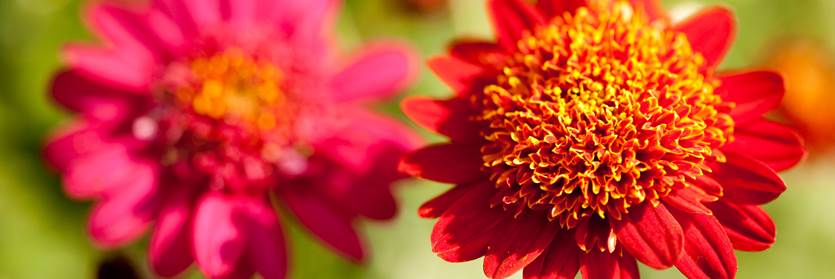Hepatica: A Pretty Plant Deserving of a Prettier Name
Posted in Around the Garden on April 5 2013, by Carol Gracie
After spending nearly three decades at NYBG, and working much of that time in South American rainforests with her husband, Scott A. Mori, Carol Gracie has returned to one of her first botanical interests in retirement–local wildflowers. She is the author of Spring Wildflowers of the Northeast: A Natural History and coauthor (with Steve Clemants) of Wildflowers in the Field and Forest: A Field Guide to the Northeastern United States.

Hepatica is the first “true” wildflower (that is, other than the rather unusual-flowered skunk cabbage) to bloom in the tri-state region. Its lovely flowers are a cheerful indicator that spring has really begun, but they can be surprisingly difficult to spot among the dull brown leaf litter. The flowers range in shades of pink, lavender, purple, and white, but they are small and low growing—plus they only open on sunny days. This strategy serves to conserve the flower’s pollen for days when its pollinators (usually small native bees) are likely to be flying.
It may be easier to find the distinctive leaves of hepatica; they are three-lobed, leathery, and often a deep burgundy color at this time of year. Hepatica retains its leaves for a full year, allowing the plant to photosynthesize on mild winter days and thus get a jump-start on the season. The appearance of the leaves is what has given this plant its somewhat unattractive common names, hepatica and liverleaf, both references to the imagined similarity of the leaves to a human liver. This fancied resemblance almost led to the plant’s demise during the 19th century.
